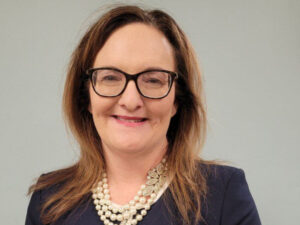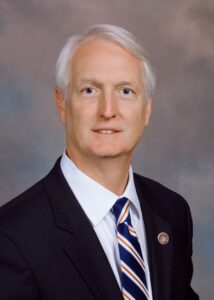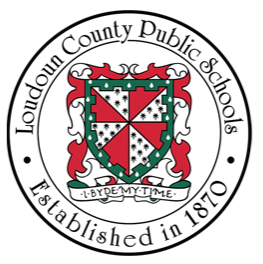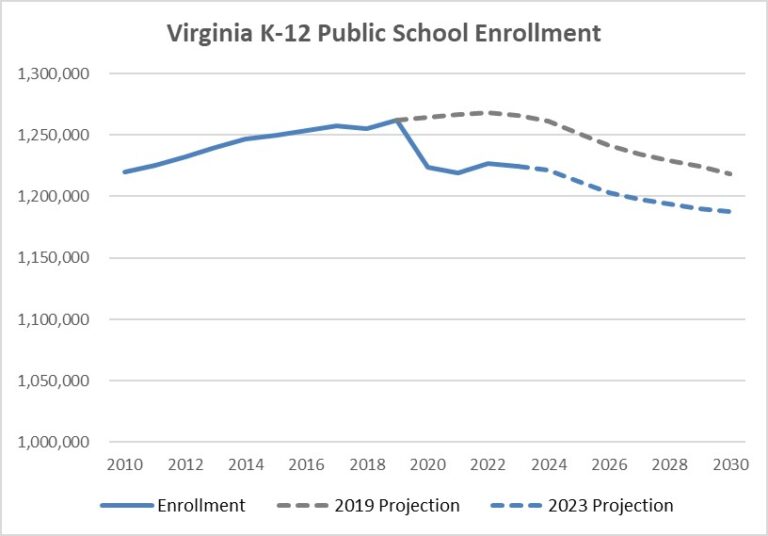
Del. A.C. Cordoza
by Kerry Dougherty
How exactly is Virginia’s General Assembly celebrating Black History Month?
By killing a bill to protect children in public school lavatories, introduced by Del. A.C. Cordoza of Hampton.
Cordoza is an African-American. And a Republican. He was famously denied membership in the Virginia Legislative Black Caucus when he was elected in 2022.
Sadly, to the caucus, he’s not the right kind of Black man. Because his views are on the right.
Cordoza claims his bill that would require school personnel to check bathrooms every 30 minutes would not require added personnel nor would it cost taxpayers a dime.
It was tabled, he told the Virginia Mercury, because he’s a Republican.
While the proposed legislation was not expected to impact state spending, Cordoza said his bill was still forwarded from the House Education Committee to the House Appropriations Committee for review. It died in that committee without a hearing.
“It’s sent there to die,” said Cordoza, “to die quietly because they don’t want the world to know that they’re killing a bill to protect little girls in the bathroom, but they want to make sure that a Black Republican is not the one who does it.” said Del. A.C. Cordoza, R-Hampton.
It’s actually a practical suggestion, given that there have been a number of assaults in several school bathrooms, and perhaps some that have not been reported. Having an adult stick his or her head in the lavatory every 30 minutes would certainly discourage bullies and sex offenders. Continue reading →



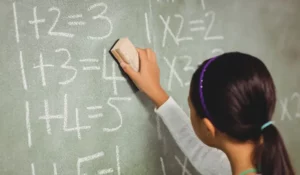
 by Joe Fitzgerald
by Joe Fitzgerald by Matt Hurt
by Matt Hurt by Jon Baliles
by Jon Baliles